The Shocking Truth about AI Testing: What You Need to Know
Today, software development is everywhere. It has become an integral part of our lives, as has artificial intelligence. Of course, IT companies and businesses are seeking new opportunities to stay ahead of the competition and work faster and easier. Here, AI testing is coming to the stage. With the help of AI algorithms, it revolutionizes the software testing process.
But what exactly does AI testing entail, and why should you care?
Did you know that integrating AI into your testing processes can reduce testing time by up to 50% and increase defect detection rates by 30%? Yes, you read that right — AI testing can make your business processes much easier and faster! Like with every new technology, we should always keep in mind that technical progress has its two sides of the coin.
In short, today we will talk about:
- We will debunk common misconceptions, uncover hidden challenges, and share best practices to help you use the full power of AI testing.
- Whether you are an IT professional looking to optimize your testing workflow or a business leader aiming to improve software quality, this guide will provide you with the insights you need.
- Simply stated, AI testing stands for utilizing AI to automate the software testing process.
- The fundamental types of AI testing typically include functional testing, regression testing, performance testing, security testing, etc.
- AI testing shows impressive results: up to 70% of businesses utilizing AI for software testing reported improved productivity and better outputs.
- The most common misconception about AI testing is that AI testing is fully automated (spoiler: no, it is not. Read further to debunk more AI testing myths).
- The key benefits of AI testing include accuracy and fast defect detection, cost savings, test coverage, etc. On the flip side, initial setup and training usually take a lot of time and effort.
So, what should you expect from AI testing?
How can you implement it correctly and avoid common pitfalls?
Join us as we explore the groundbreaking world of AI testing and discover why it is becoming an indispensable tool for modern software development.
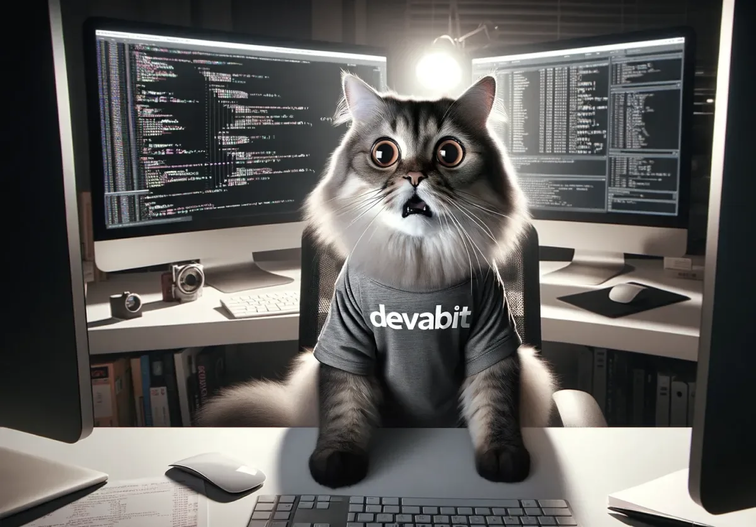
The Basics of AI Testing
AI testing is revolutionizing the way IT companies provide software quality, bringing a fresh wave of modern technologies to the field. But what exactly is AI testing, and why is it becoming a game-changer in the tech industry? Let us tell you all we know.
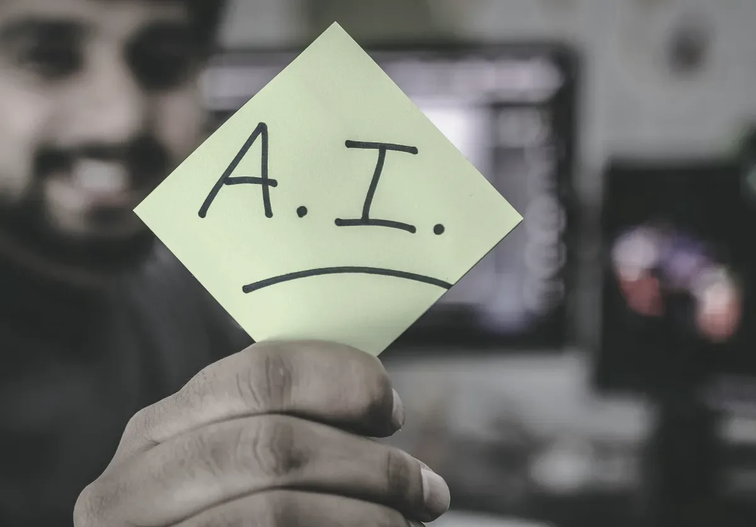
AI Testing: Definition and Significance
At its core, AI testing involves using artificial intelligence to automate the software testing process. This means that instead of relying solely on human testers and manual methods, we use machine learning algorithms and data-driven techniques to identify defects, predict potential issues, and optimize the entire testing lifecycle.
The significance of AI testing cannot be overstated.
Traditional testing methods often fall short of meeting the demands of modern businesses. Here, you should use AI testing, which addresses these challenges head-on.
For instance, AI techniques can reduce the time spent on testing. AI algorithms swiftly execute test cases, adapt to changes, and continuously learn from new data. Additionally, AI testing can increase defect detection rates thanks to its ability to analyze vast amounts of data and identify patterns that might elude human testers.
But the benefits do not stop there. AI testing also improves test coverage by simulating a wide range of scenarios and user behaviors. With its help, even the most hidden bugs are caught before they can damage the system.
According to a report by Capgemini, 38% of organizations have already integrated AI into their testing processes, and 80% of those organizations have seen significant improvements in test accuracy and coverage. Furthermore, the World Quality Report reveals that companies using AI for testing have experienced a 45% reduction in overall test cycle time and a 35% increase in test automation levels.
In essence, AI testing is not just a technological advancement; it is a method of redefining how we approach software quality assurance.

Types of AI Testing
Now, when we understand the definition and significance of AI testing, let us show you the different types of AI testing that are influencing the industry.
Functional Testing
With the help of functional testing, every feature of the software works as intended, adhering to the specified requirements. AI is automatically generating and executing test cases, adapting to changes in the application, and accurately pinpointing functional defects. With AI testing, you can easily imagine a world where AI can instantly verify the functionality of your software, freeing up human testers to focus on more complex tasks.
Regression Testing
Regression testing is crucial for verifying that recent code changes have not negatively impacted existing functionalities. Traditionally, regression testing can be a time-consuming process. However, with AI, machine learning models can predict the impact of code changes and prioritize test cases accordingly. It provides faster regression testing, so your software remains reliable.

Performance Testing
Performance testing assesses how the software performs under various conditions—be it load, stress, or scalability. AI testing can simulate different load scenarios, analyze performance metrics, and identify bottlenecks. This leads to optimized performance and a better user experience.
Security Testing
Security testing, often seen as the main protector of your software, also benefits from AI. AI-driven security tools can automatically scan for vulnerabilities, predict potential attack vectors, and recommend strategies to mitigate risks. Using AI testing will help keep your software protected against evolving threats.

Exploratory Testing
Exploratory testing is where AI truly demonstrates its versatility. Unlike predefined test cases, exploratory testing involves investigating the software to discover unexpected issues. AI can analyze user behavior, generate exploratory test scenarios, and uncover hidden defects, improving overall software quality.
Usability Testing
Usability testing estimates the user experience and interface design of the software. AI testing can simulate user interactions, analyze usability metrics, and provide insights to refine the user experience, guaranteeing that your software is not only functional but also user-friendly.
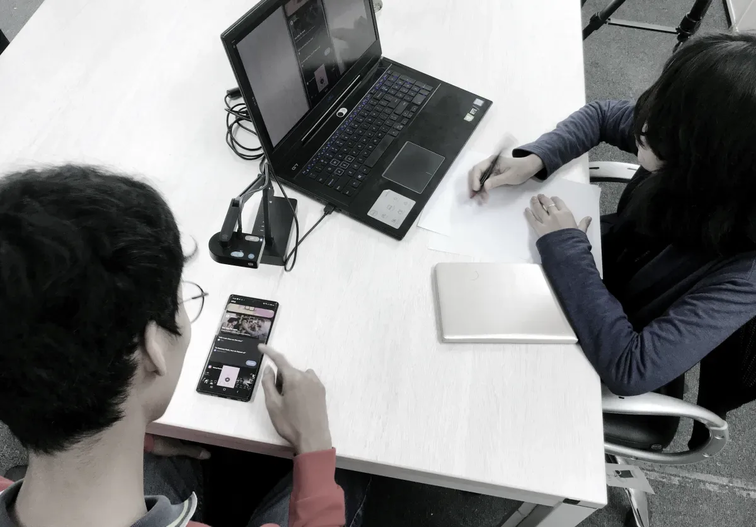
By integrating AI into these processes, organizations can achieve a more effective approach to software quality assurance. For instance, a survey by Deloitte highlighted that 70% of businesses using AI for software testing reported improved productivity and higher-quality outputs.
As you can see, AI testing is a real game-changer for modern IT companies.
But is it as good as everyone says? We will figure this out together.
AI Testing: 4 Common Misconceptions
Of course, AI testing is a powerful tool that can transform the software development process, but people do not always tell the truth about this technology. It is the way many misconceptions have appeared.
Let us debunk some of the most common myths that might be holding you back from using the full potential of AI testing.
1. AI Testing is Fully Automated
One of the biggest myths about AI testing is that it completely eliminates the need for human involvement. While AI can automate many aspects of the testing process, it is not a magic button you can press to achieve perfect results without any oversight.
In reality, AI testing tools require careful setup, training, and monitoring by skilled professionals. Human testers are essential for interpreting results, fine-tuning algorithms, and handling complex scenarios that AI might not yet understand. For better understanding, imagine deploying a fully automated AI testing system only to find out it missed critical context-specific bugs—a scenario that could lead to costly errors and delays.

2. AI Testing Guarantees Perfect Results
Another misconception is that AI testing guarantees a flawless software experience. While AI can significantly improve defect detection and accuracy, it is not immune to errors. AI models are only as good as the data they are trained on. If the training data is biased or incomplete, the AI’s predictions and results will be flawed. Additionally, AI might struggle with unexpected inputs that were not covered during its training phase.
Remember the infamous case where a major social media platform’s AI failed to recognize hate speech because it had not been adequately trained on diverse data?
This highlights the importance of continuous data quality improvement and monitoring in AI testing.
3. AI Testing Is Too Expensive
Many believe that incorporating AI into their testing processes will break the bank.
However, the initial investment in AI testing tools can lead to substantial long-term savings. AI testing can reduce the time and resources spent on repetitive tasks, allowing human testers to focus on more strategic and complex issues.
For example, a study by IBM found that companies using AI for software testing saw a 50% reduction in overall testing costs. The ROI of AI testing becomes apparent when you consider the faster time-to-market, improved software quality, and reduced need for extensive manual testing.

4. AI Testing Can Replace All Types of Testing
While AI testing excels in many areas, it is not a one-size-fits-all solution that can replace every type of testing.
AI is particularly strong in functional, regression, and performance testing due to its ability to handle repetitive tasks and large datasets. However, certain testing types, such as exploratory and usability testing, still greatly benefit from human intuition and creativity. AI can assist by providing data-driven solutions and automating routine tasks, but the nuanced understanding that human testers bring is irreplaceable.
For instance, no AI can truly replicate the subjective user experience feedback that a human can provide during usability testing.
As you can see, these common misconceptions can create unrealistic expectations and hinder the effective implementation of AI testing. By keeping in mind the real capabilities and limitations of AI, you can make informed decisions and use AI testing to its fullest potential!

So, the next time you hear someone claim that AI testing is a fully automated, perfect, costly, or all-encompassing solution, you will know the truth behind the hype.
AI Testing: To Use or Not to Use
As the integration of AI into software testing becomes more popular around the world, the decision to adopt AI testing is critical for many organizations. Understanding the pros and cons of AI testing can help you make an informed decision about whether to incorporate it into your testing strategy or not. Let us show you all the peculiarities!
Pros of AI Testing
The High-Speed Workflow
Imagine being able to execute thousands of test cases in the time it takes to grab a cup of coffee.
AI testing makes this possible by automating repetitive and time-consuming tasks. Gone are the days of painstakingly writing and running manual tests. With AI testing, you can schedule tests to run overnight or even continuously, always keeping your software up to date.
This boost allows for more frequent releases and quicker time-to-market, giving your company a competitive edge. For instance, leading tech giants have reported up to a 50% reduction in their testing times thanks to AI.
Accuracy and Defect Detection
AI testing tools are like having a team of detail-oriented inspectors who never miss a beat. They can analyze massive datasets, identifying patterns and anomalies that might frighten even the most experienced human testers. It provides higher accuracy in defect detection, catching bugs early in the development process.
With the help of AI testing, in the future, we can create a world where the software's quality assurance is so thorough that post-release bugs become a rarity. According to a study by IBM, organizations using AI for testing have reported a 30% increase in defect detection rates.

Cost Savings
While the initial investment in AI testing tools might seem steep, think of it as a smart investment that pays off in the long run.
Automating tests reduces the need for extensive manual testing, lowering labor costs and freeing up your team's time for more strategic tasks. Additionally, the improved accuracy of AI testing can prevent costly post-release defects and maintenance. With its help, you can avoid a major bug that could cost your company thousands of dollars in emergency fixes and loss of customer trust.
Test Coverage
AI testing tools are like having a super-powered glass that can zoom in on every piece of your software. They can simulate a wide range of user behaviors and scenarios, guaranteeing that even the most obscure edge cases are tested. It can easily minimize the risk of unexpected issues arising in production.
Picture your software handling everything from peak traffic loads to rare user interactions without breaking a sweat. With AI testing, it becomes a reality. Thanks to AI testing, companies have reported a 35% increase in test automation levels.
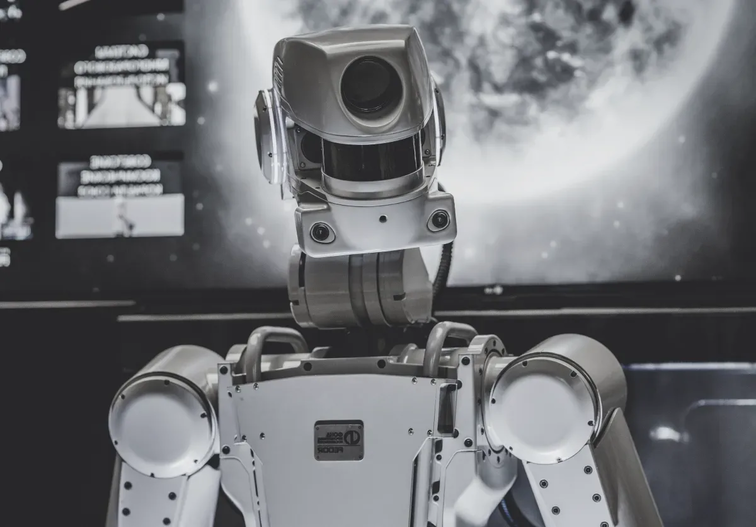
Cons of AI Testing
Initial Setup and Training
To begin with, implementing AI testing is not as simple as flipping a switch. The initial setup can be quite resource-intensive, requiring substantial financial and time investments.
First, you need to acquire AI testing tools. Then there’s the integration process, where these tools must be incorporated into your existing workflows. This often involves significant modifications to your current testing environment.
Moreover, training your AI models is a crucial step. This training requires extensive data and computational resources. It is common for companies to spend weeks, or even months, training their AI systems to perform accurately. This process also demands highly skilled professionals who understand both AI and software testing, and these experts can command high salaries. For smaller organizations with limited budgets, these initial costs can be prohibitive.
Complexity and Learning Curve
AI testing brings a level of complexity that can be daunting, especially for teams new to the technology.
Understanding the algorithms, configuring the models, and interpreting the results requires specialized knowledge. Your team will need to undergo serious training to get up to speed with AI testing methodologies.
This learning curve can slow down the initial implementation phase. Employees might need to attend workshops, online courses, or even work with consultants to gain the necessary expertise. During this period, productivity might dip as your team acclimates to the new tools and processes.
This can be particularly challenging for organizations that are already full of current workloads.

Data Quality Dependency
The mantra "garbage in, garbage out" is especially true for AI testing.
The effectiveness of AI testing is heavily dependent on the quality of the data fed into the system. If your training data is biased, incomplete, or of poor quality, the AI models will produce unreliable and inaccurate results.
Checking if your data has all the needed parameters involves a long process of data collection, cleaning, and preprocessing. This process can be time-consuming and requires significant expertise to guarantee that the data is free of errors.
Furthermore, maintaining data quality is an ongoing task. As new data becomes available, it must be continuously integrated and validated, adding another layer of complexity to the AI testing process.
AI 3D Modeling: Another AI Application You Should Consider in 2026
AI is rapidly reshaping our existence, so the 3D modeling domain is no exception. From a slow, low-quality concept just a decade ago, AI 3D modeling has evolved into a collaborative ecosystem with limitless opportunities. Whether it is generating high-quality 3D models from text prompts or auto-optimizing models for AR/VR and games, AI has dramatically changed the way we perceive 3D modeling in 2026 and beyond. If you're in product design, automotive, gaming, or e-commerce, AI-powered 3D might be the competitive edge you should start exploring right now. Follow the link below to start your AI 3D modeling journey:
Conversational AI in Healthcare or How AI Occupies the Medical World
Conversational AI is a new buzzword in terms of healthcare, and here is why: it completely transforms the way patients access information and interact with medical services. From intelligent chatbots to virtual assistants, conversational AI for healthcare offers diverse solutions to support and digitalize symptom checking, initial triage, appointment scheduling, medication reminders, and post-treatment follow-up. No, it is not intended to replace healthcare workers. It has emerged as a unique support tool that brings extra efficiency, transparency, and real-time assistance.
General Considerations
AI testing is the new player in the field of software development, promising to change your testing processes and deliver top-notch software faster than ever before.
Imagine decreasing your testing times in half and catching more bugs than ever with the power of AI. Sounds like a dream, right? Well, that is the promise of AI testing. It can automate repetitive tasks, run thousands of test cases in the blink of an eye, and provide insights that help you prioritize the most critical areas of your software.
The cost savings are also significant, with reduced manual labor and fewer costly post-release fixes leading to a solid return on investment. AI’s ability to simulate a variety of user scenarios provides comprehensive coverage, catching even the trickiest bugs before they destroy your plans. It all seems impressive!
But before you dive headfirst into AI testing, there are a few bumps in the road you need to be aware of.
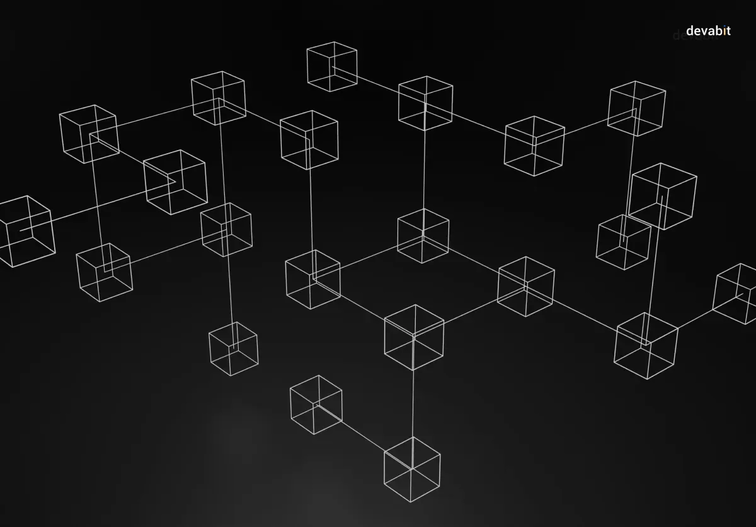
The initial setup is not a walk in the park; it requires a serious investment of time and money. Training AI models and integrating them into your workflow can feel like a marathon. Plus, AI testing is not plug-and-play—it comes with a steep learning curve. Your team will need to get up to speed with the new tools and methodologies, which can be a challenging and time-consuming process.
The quality of your results is only as good as the data you feed into the AI, so if your data is biased or incomplete, you are in for some unreliable outputs. And we should not forget that AI cannot replace the nuanced understanding and creativity of human testers, especially for exploratory and usability testing.
So, should you jump on the AI testing bandwagon?
If you are ready to invest in the necessary infrastructure and skilled professionals, the rewards can be substantial. AI testing can transform your software development process, making it faster, more accurate, and more efficient.
However, it is not a one-size-fits-all solution, and the initial hurdles can be daunting. For those willing to navigate these challenges, AI testing offers a powerful way to stay ahead in the competitive tech landscape, delivering high-quality software with confidence!
Stay Aware of the Newest AI Technologies with devabit
Today, in the technological world, staying ahead of the competition is crucial.
At devabit, we understand the importance of using the latest AI technologies to keep your business competitive and innovative. Imagine having the power of modern AI tools at your fingertips, transforming the way you test and develop software. From improving accuracy to providing predictive analysis and test coverage, our AI solutions are designed to bring your software development process to new heights.
Our team of experts is dedicated to integrating these advanced technologies into your workflows, guaranteeing that you can focus on what you do best—creating exceptional software.
Do not let your competitors outpace you—implement AI testing technologies right now with devabit. Our commitment to staying at the forefront of AI innovation means you will always have access to the latest tools and techniques.
Ready to revolutionize your testing process and achieve the best software quality?
Contact devabit today and let us help you take advantage of the full potential of AI technologies.
Your journey towards excellent software starts here!

Recent Publications
Don't miss out! Click here to stay in touch.
Discover More AI Content

Relevant Articles View all categories
View all categories CONNECT WITH US WE’RE READY
TO TALK OPPORTUNITIES
THANK YOU! WE RECEIVED YOUR MESSAGE.
Sorry
something went wrong



